In the world of electronics, precision, and stability are paramount. Whether you're a seasoned engineer or an enthusiastic hobbyist, the quality of your soldering can make all the difference in the success of your project. Enter the magnetic helping hands, a simple yet revolutionary tool designed to transform your soldering experience. In this guide, we will explore the features, benefits, and best practices for using an all-in-one magnetic helping hand and PCB holder, unlocking your full potential in electronics craftsmanship.
**Understanding the Basics**
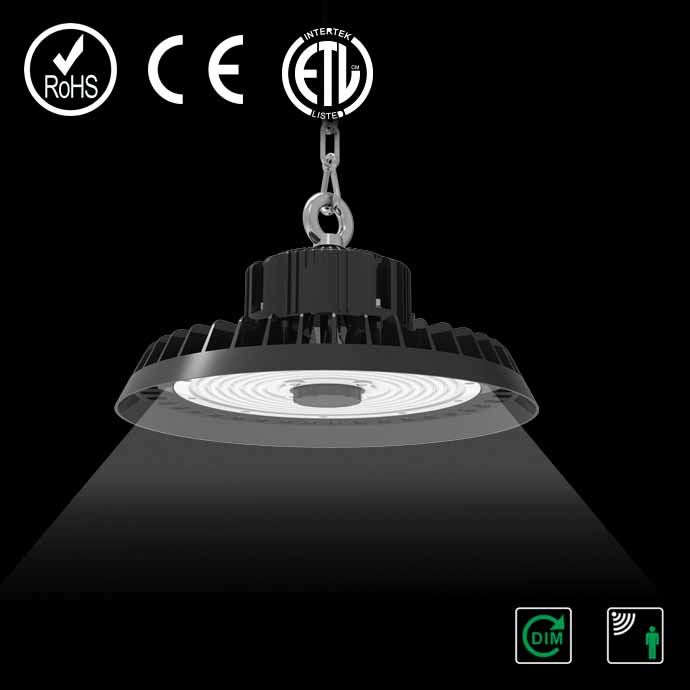
Before delving into the specifics, it’s essential to understand what a magnetic helping hand is. This innovative tool is essentially a set of flexible arms equipped with magnets and alligator clips, designed to securely hold your PCB (Printed Circuit Board) and components in place while you work. The magnetic base allows for stable positioning on any ferrous metal surface, ensuring your work area is as versatile as it is reliable.
**Why Opt for a Magnetic Helping Hand?**
One of the most significant advantages of a magnetic helping hand is its ability to provide stability and precision that traditional tools simply cannot match. Here are some key benefits:

1. **Flexible and Adjustable**: Unlike static PCB holders, magnetic helping hands offer unparalleled flexibility. The adjustable arms can be maneuvered in virtually any direction, allowing you to position your components with precision and ease.
2. **Strong and Stable Grip**: The magnets provide a firm grip on your work surface, preventing any unwanted movement. This stability is crucial for achieving clean, precise solder joints.
3. **Versatile Design**: Magnetic helping hands can accommodate a wide range of sizes and shapes, making them suitable for various projects, from small-scale repairs to larger, more complex assemblies.
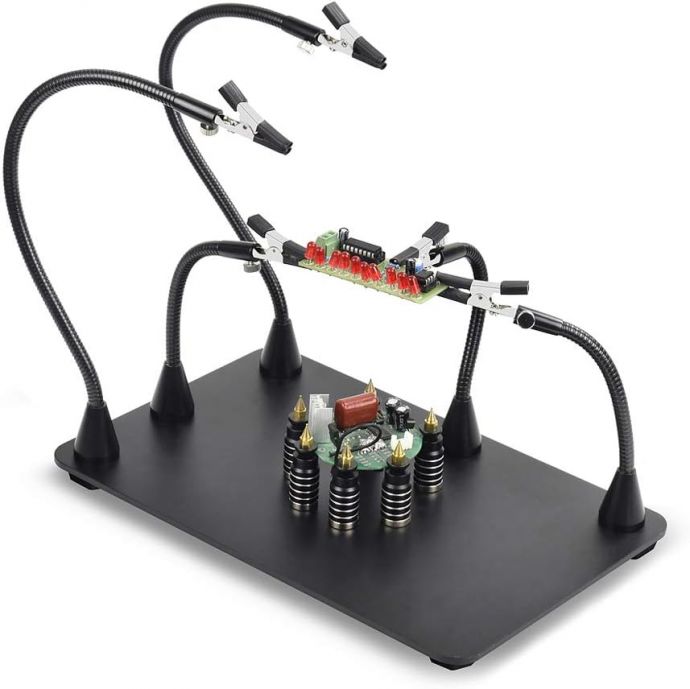
4. **Time Efficiency**: With components securely held in place, you can focus on the task at hand rather than constantly adjusting and repositioning your workpieces. This efficiency not only saves time but also reduces frustration and errors.
**Features to Look For**
When selecting a magnetic helping hand and PCB holder, there are several features to consider to ensure you’re getting the most out of your investment:
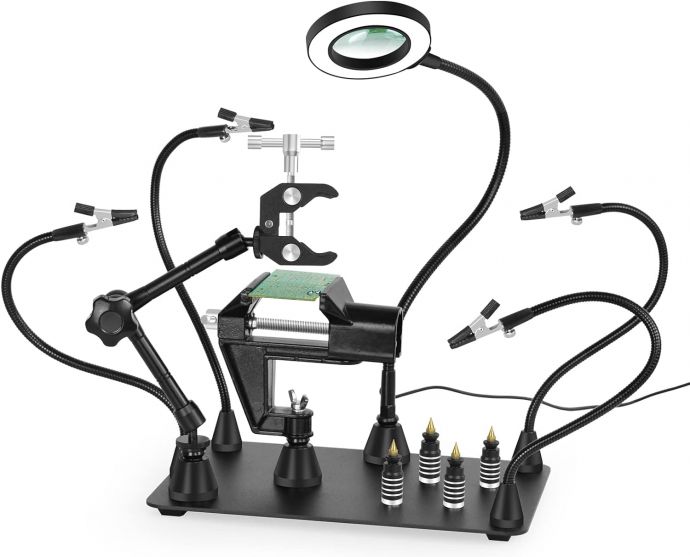
- **Arm Length and Flexibility**: Look for tools that offer long, flexible arms that can be easily adjusted to suit your project needs. The ability to reposition arms quickly and effortlessly is a major timesaver.
- **Magnet Strength and Base Stability**: A strong magnetic base is crucial for maintaining stability during soldering. Opt for products with rare-earth magnets for optimal strength and reliability.
- **Interchangeable Clips and Clamps**: Different projects require different grips. Having interchangeable alligator clips or clamps allows for greater versatility when holding various components.

- **Durability of Materials**: Ensure that the helping hand is constructed from high-quality materials that can withstand the heat and wear associated with regular soldering work.
**Tips for Using a Magnetic Helping Hand**
Maximizing your magnetic helping hand’s potential requires understanding how to use it effectively. Here are some tips to get you started:
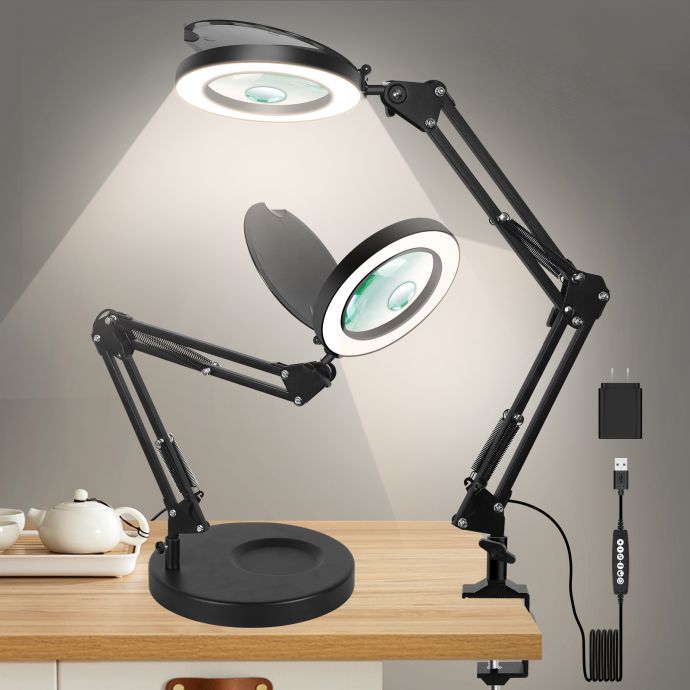
1. **Plan Your Layout**: Before you begin, plan the layout of your components. Position the arms and clips in advance to minimize adjustments during the soldering process.
2. **Secure Your Base**: Make sure the magnetic base is attached to a stable, flat, and metal work surface. This will prevent movement and vibrations that could affect your soldering.
3. **Fine-Tune Arm Positioning**: Adjust the arms to hold components at the optimal angle for soldering. Ensure there is no strain on the arms or components to prevent any movement during work.
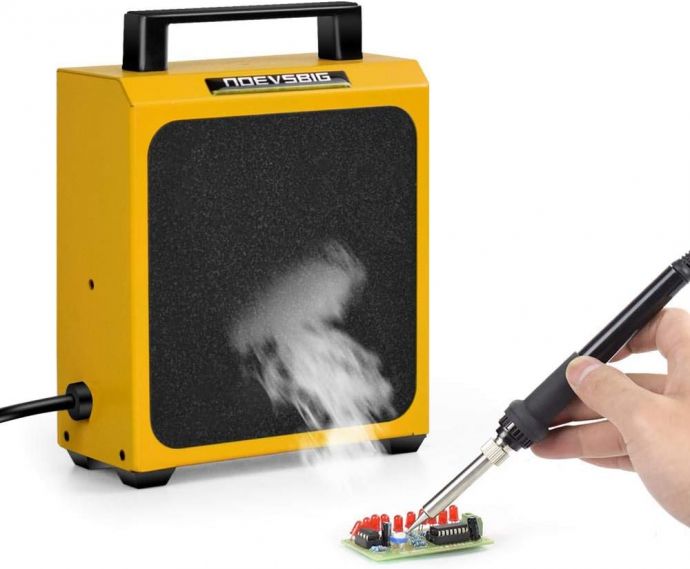
4. **Use Additional Lighting**: Incorporate adequate lighting to illuminate the work area. This will enhance visibility, allowing for precision in fine soldering tasks.
5. **Practice Patience and Precision**: Take your time to position components correctly. Rushing can lead to mistakes and damage to sensitive electronics.
**Safety Considerations**
As with any soldering project, safety should always be your top priority. Here are some safety tips to follow when using your magnetic helping hand:
- **Wear Safety Gear**: Always wear safety goggles and a heat-resistant apron to protect against solder splashes.
- **Ventilate the Area**: Ensure your work area is well-ventilated to avoid inhaling potentially harmful fumes from soldering.
- **Handle with Care**: Be cautious with the magnetic components, as they can snap together unexpectedly if handled carelessly.
**Expanding Your Capabilities**
Once you’re comfortable with using a magnetic helping hand, experiment with more complex projects. The stability and precision it offers open the door to more advanced soldering techniques, such as SMD (Surface Mount Device) soldering and intricate component assemblies. By mastering these skills, you’ll enhance your capabilities and bring more ambitious ideas to life.
**Final Thoughts**
The magnetic helping hand and PCB holder is a game-changer in the world of electronics. By offering stability, flexibility, and precision, it enhances the quality of your work and allows you to approach projects with renewed confidence. Whether you’re repairing a simple circuit or embarking on a complex build, this tool is an invaluable addition to your workshop.
As you continue to hone your skills, embrace the possibilities this tool offers. With practice, patience, and a willingness to learn, you'll soon find that soldering becomes less of a chore and more of an artistic expression. Unlock your soldering superpowers and elevate every project to new heights with the ultimate all-in-one magnetic helping hand and PCB holder.









